On Thursday the 21st, Kelsey, Lindsay and I checked out the Kaisergruft (the Imperial Crypt) where all but 4 Habsburgs (including Marie Antoinette- one of Maria Theresia's daughters) lay in their final resting place. To enter the room, you must first walk down some stairs into a dark, cool room below street level that definitely gave me creepy vibes. The first tombs date back to the early1600's century, and the Kaisergruft is filled with coffins containing Habsburgs all the way up until Zita (wife of the last Austrian Emperor, Karl I) buried in 1989, and their son Karl Ludwig who was buried in 2007. The first room is filled with metal tombs with engravings and ornamentation- mostly related to death. There are skulls and crossbones, Crucifixes, and angels covering some of the tombs while others have a huge metal engraving off a cross across the top. As you walk through the room, there are tombs on either side, and as you enter the next room they suddenly become extremely ornate and eccentric, with huge metal figures covering the coffins. These highle ellaborate coffine date back to the Baroque era in the 1700's. The double sarcophagus of Empress Maria Theresia and her husband Emperor Franz I are the most prime example of the Baroque era reflected even in death. It is all the more dramatic because their son, Emperor Joseph II lays in front of theirs in an extremely minimalistic, simple and plain coffin completely bare except for a metal cross on the top. It was incredible interesting to see how the era of the specific Emperors were reflected in their coffins, especially in the case of Maria Theresia and her son Joseph II. When Joseph II came into power, he made many reforms and was a progressive ruler, and did away with many Austrian traditions that he found to be exorbitant and unneseccary (such as elaborate burial and funeral traditions that last days and cost lots of money.) Joseph II was a stark contrast to his mother who was traditional, anti-semitic, and lead a life of luxury and excess- a true product of the Baroque era. Both of their characteristics as rulers and people are mirrored in their final resting place. As you continue through the rooms of tombs, you finally get to one room that is flooded with light, crowded with people, and contains three tombs covered in ribbons and flowers. These are the tombs of Emperor Franz Josef I, his wife Empress Elizabeth (the beloved 'Sissi') and their son Rudolph. This family is said to have been the turning tide of the fate of the Habsburg dynasty. Emperor Franz Josef's wife was assinated, his son commited suicide (but was allowed to be buried with his family because the doctors declared him 'mentally unstable' which is debatable), and his nephew was Archduke Franz Ferdinand who's assination in Sarajevo in 1914 triggered World War I. This room was eerie because there were so many flowers and people gathered around the coffins that it really gave me a sense for how much of an impact this particular family had on Vienna and the country of Austria as a whole. As we were leaving the Kaisergruft I couldn't help but think that the average person visits the graves of their family members in a cemetary where they lay buried in the ground, with the only commemoration of their life on the site being their gravestone. If you are an heir to a Habsburg, your family's gravesite is in a museum where people pay to gawk at the coffins lining the rooms, taking pictures, and even leaving flowers. It was weird to think that family members of the more recent Kaisergruft entries come down to this public exhibition to pay homage to or visit their deceased ancestors. After seeing the Kaisergruft I was definitely ready for a change of scenery, and on this beautiful summer day the three of us headed for Schonbrunn, the summer palace of the Habsburgs.
Schonbrunn was in an attempt to rival France's Palace of Versailles and was built by Emperor Leopold I in the 1696, who gave it to his daughter and heir to the throne: Empress Maria Theresia. She was the first major utilizer of the palace and refurbished it in the 'Rococo' style. For the next two centuries, Schonbrunn was used as the royal family's summer palace, as well as for retreats and special events. When we arrived, I was impressed with the size of the building, and the even more amazing gardens that must cover acres, as they stretch far up on to a hill where there is a huge columned structure and fountain (called a Gloriette). The palace seems to be well-restored, and teeming with tourists that gave it a sort of fake, Disneyland feeling. We went on an audio tour that showed us 30 or so rooms inside the palace, including the bed chambers, office, dining room, children's play room, ball room, entertainment rooms where they received musical performances, and much more. The palace was influenced by its inhabitants who left their various marks. The most influential was Maria Theresia who hired the architect and designers to give it the 'Rococo' (which is similar to Baroque, but with a French influence that emphasizes curvy, ornate, shell-like carvings and patterns in softer, paler tons as compared with the dark and dramatic Baroque colors). The palace was also highly utilized by Franz Josef I and his family. One interesting fact that I learned on the tour is that 6 year old music phenom, Mozart performed for Empress Maria Theresia, and afterwards he jumped in her lap and gave her a kiss on the cheek. Also, many influential Habsburgs were born at Schonbrunn, including Franz Josef I. Its crazy to think that at one time, thousands of people inhabited the palace, most of them being employees such as maids, cooks, groundskeepers, etc along with highly esteemed guests, and members of the court. After the tour, we wandered around the grounds which include over 30 statues, many beautiful fountains, a labyrinth, well-manicured french gardens, and a Gloriette high on a hill overlooking the palace. This day was packed with visual information that was really interesting. Im really glad we ended our tours with the Schonbrunn, because it was a glorious day filled with beautiful scenery in the gardens where we took awhile to relax and reflect.
Wednesday, September 3, 2008
Subscribe to:
Post Comments (Atom)
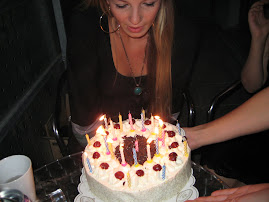

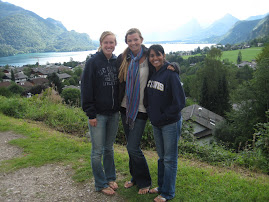
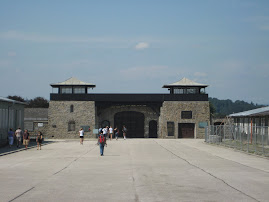
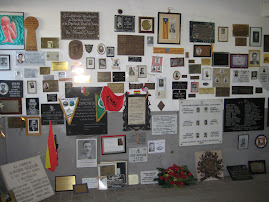
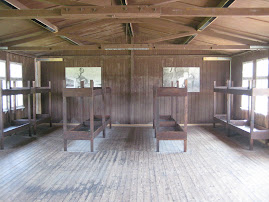
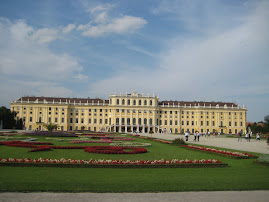
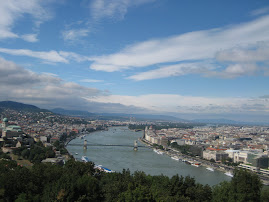
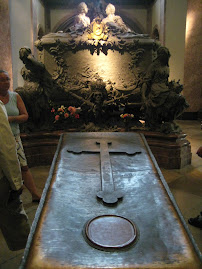
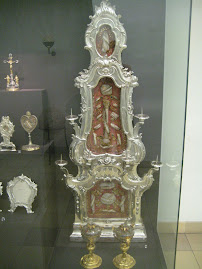
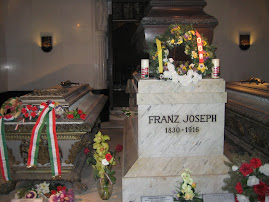

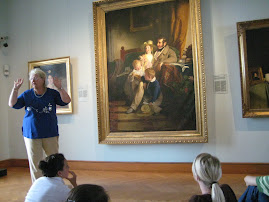
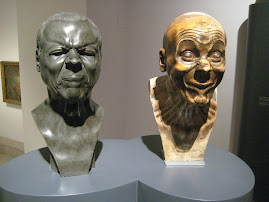
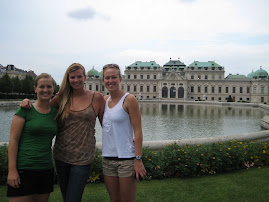
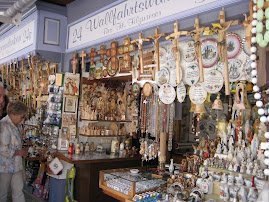
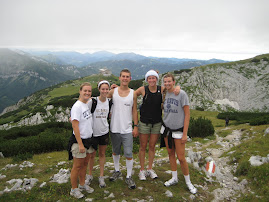
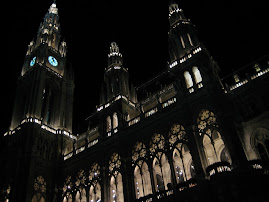
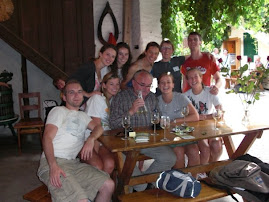
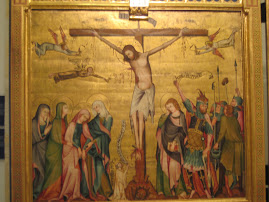
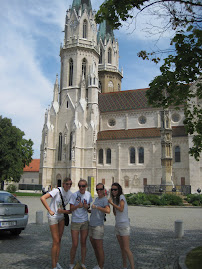
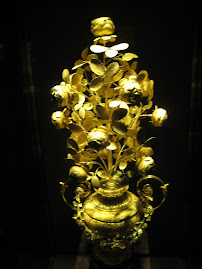
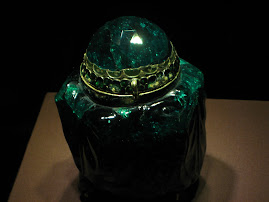
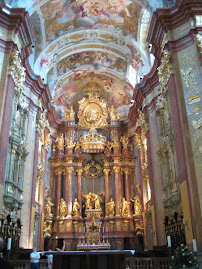
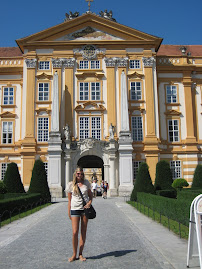
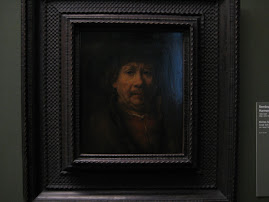
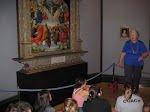
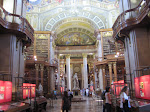
No comments:
Post a Comment